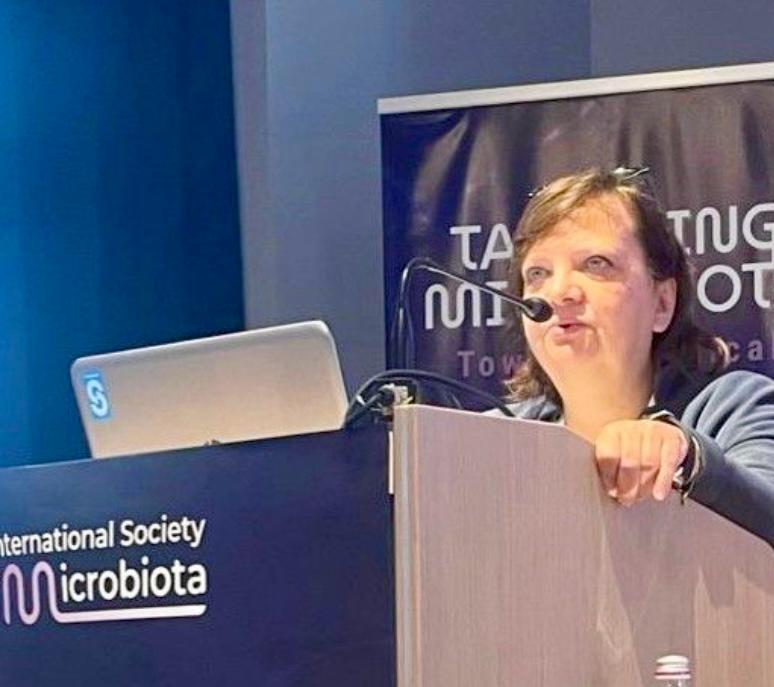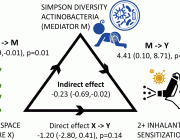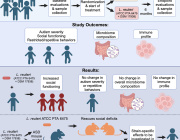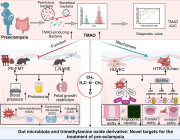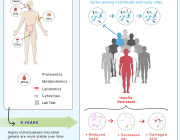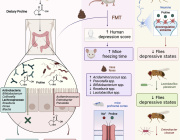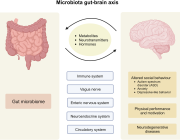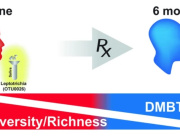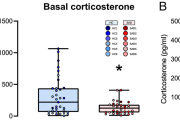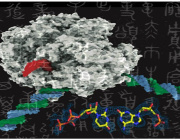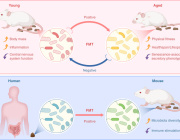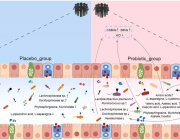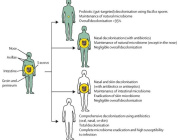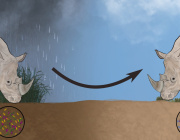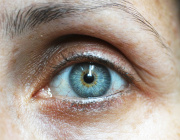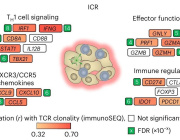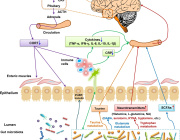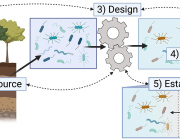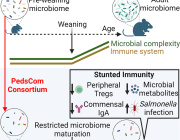Ear Microbiota & Middle Ear Disease
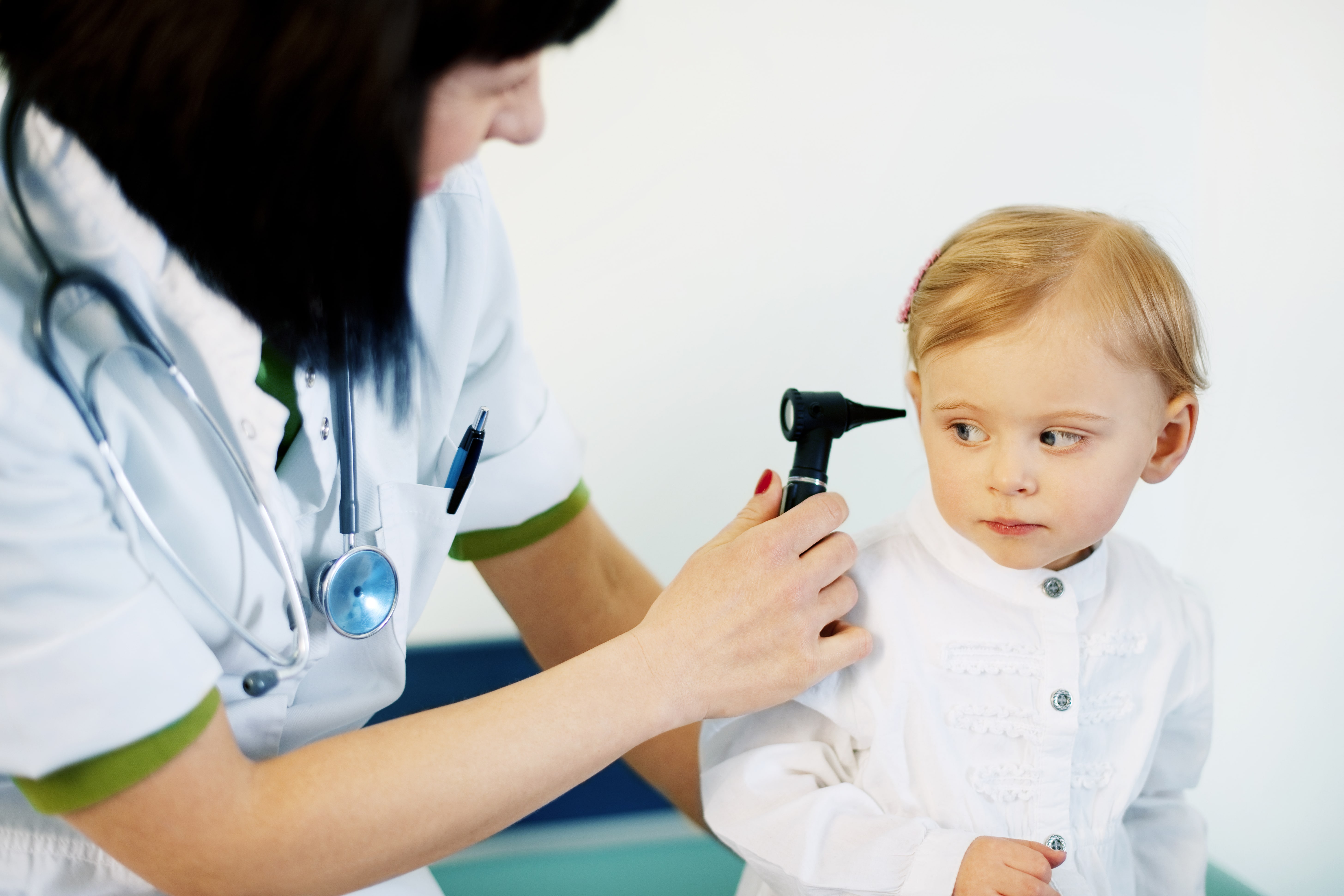
News Release, International Society of Microbiota, France – March 22, 2022
Otitis media (OM) is a major disease burden in Australian Aboriginal children that can contribute to serious long-term health outcomes. Taylor et al., reported a pilot analysis of OM in children attending an outreach ear and hearing clinic in a remote south Australian community over a two-year period. Their study focused on longitudinal relationships between ear canal microbiota characteristics with nasopharyngeal microbiota, and clinical and treatment variables.
Middle ear health status were assessed in 19 children (aged 3 months to 8 years) presenting in remote western South Australia and medical interventions were recorded.
- Over the two-year study period, chronic suppurative OM was diagnosed at least once in 7 children (37%), acute OM with perforation in 4 children (21%), OM with effusion in 11 children (58%), while only 1 child had no ear disease.
- Microbiota analysis of 19 children revealed a core group of bacterial taxa that included Corynebacterium, Alloiococcus, Staphylococcus, Haemophilus, Turicella, Streptococcus, and Pseudomonas.
- Within-subject microbiota similarity (between ears) was significantly greater than inter-subject similarity, regardless of differences in ear disease. Longitudinal analysis revealed changes in diagnosis to be associated with more pronounced changes in microbiota characteristics, irrespective of time interval. Ear microbiota characteristics differed significantly according to diagnosis (P (perm) = 0.0001).
- Diagnoses featuring inflammation with tympanic membrane perforation clustering separately to those in which the tympanic membrane was intact, and characterised by increased Proteobacteria, particularly Haemophilus influenzae, Moraxella catarrhalis, and Oligella.
- While nasopharyngeal microbiota differed significantly in composition to ear microbiota, inter-site similarity was significantly greater in subjects with perforated tympanic membranes, a relationship that was associated with the relative abundance of H. influenzae in ear samples. Longitudinal changes in ear microbiology reflected changes in clinical signs and treatment.
In summary, children attending the ear and hearing clinic in a remote Aboriginal community present with a broad spectrum of OM conditions and severities, consistent with other remote Aboriginal communities. Ear microbiota characteristics align with OM diagnosis and change with disease course. Nasopharyngeal microbiota characteristics are consistent with the contribution of acute upper respiratory infection to OM aetiology.
Not only the gut microbiota will be discussed in Targeting Microbiota 2022, the whole human microbiome will be considered. You are welcome to submit your abstracts and share your knowledge on the human microbiome - in health and in diease, with us.
© Image - gpointstudio, freepik
Media contact:
International Society of Microbiota
[email protected]
Targeting Microbiota 2022 Congress
October 19-21, 2022 - Paris, France
www.microbiota-site.com



















